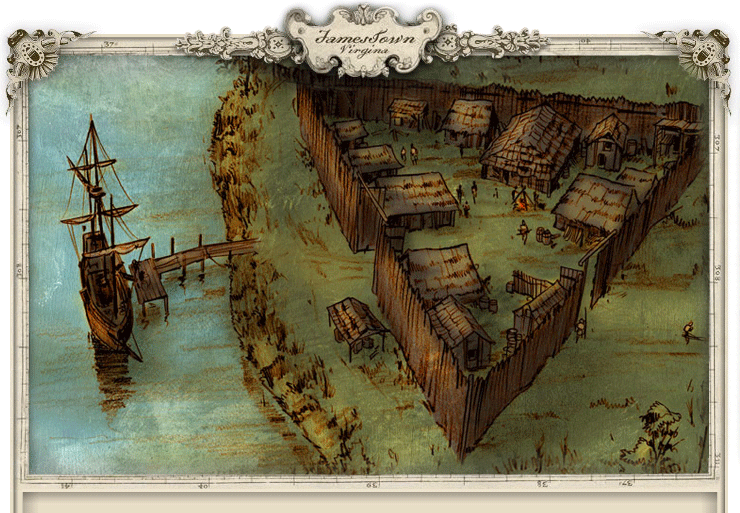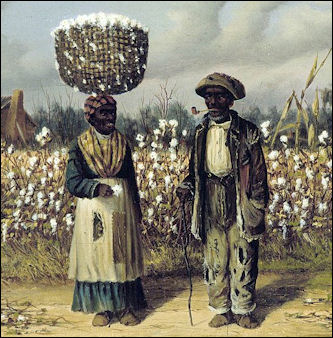American History & Plants
Tobacco & The 1st Successful Colony in America
 |
Jamestown, Virginia
fanpop.com |
 |
Tobacco Field
loren24250.files.wordpress.com |
When the English sent ships of settlers to the new world, they had three things in mind: gold, finding a water passage to the East, and creating a lasting settlement, in that order. The settlers were prepared and provisioned for their first two goals, but had put little thought into the third. Upon arrival in the New World, some colonists went right to work digging for gold, some set off exploring, some declared themselves too high born for manual labor, and too few others farmed and built. By the time winter rolled around, the colony had no gold to send home to England, no passage to the east (obviously), and far too little food. Of the original 241 settlers, only 60 survived. Jamestown seemed doomed to go the way of Roanoke.
In May, 1610, John Rolfe arrived in Jamestown with the colony's savior: tobacco. The small seed Rolfe brought with him flourished in the Virginia climate, and soon every settler in Jamestown had his own small farm. With this new source of income the colony began to thrive, and the rest, as they say, is history.
Cotton & The Boom in the South
 |
A Cotton Field
ecouterre.com |
In the late 1700s England saw the advent of the Industrial Revolution. New technology and high demand for cotton products spurred the construction of large factories which could produce textiles at an extraordinary rate. To keep up with the newer, faster means of production, England needed a lot of raw cotton, and the young America was happy to help. The climate in the southern United States is ideal for cultivating cotton, and plantations quickly popped up all over the fertile new land. Not only did the cotton boom invigorate the American economy, but it helped to set economic and cultural trends that remain in effect today.
The Catch
 |
Slaves on a Cotton Plantation
factsanddetails.com |
Both tobacco and cotton were and continue to be extremely important crops for America and her economy. They played instrumental roles in her founding and flourishing, and we would certainly not be where we are today without them- so what's the catch? To cultivate both crops in the numbers that they were, slaves were required. Lots of slaves. The success of America is built not just on the crops which sustained her, but also on the hundreds of thousands of men and women who were made to work the fields.






